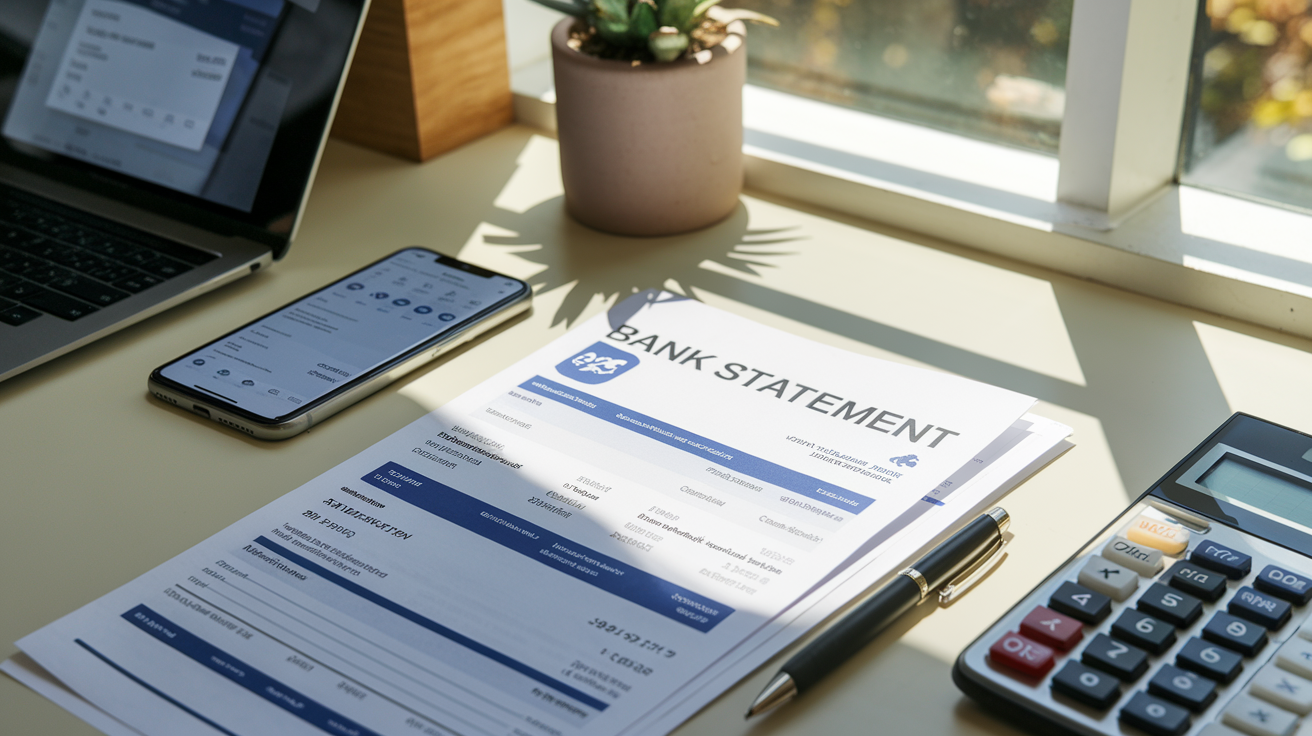Have you ever wished you could make a bank transaction disappear? Perhaps a spontaneous splurge that now seems like a mistake? You’re not alone. In this post, I’ll guide you through the ways to clean up your bank statement. Stay tuned as I reveal tips and strategiesthat’ll help manage your financial records more effectively.
Bank statements serve as crucial financial records, but sometimes they may contain errors or unwanted entries. Removing certain transactions from your statement can be necessary for various reasons, such as maintaining privacy or ensuring accuracy. This guide will walk you through the process of cleaning up your bank statement effectively and legally.
Understanding Bank Statements
What is a bank statement?
A bank statement is a document that summarizes your financial transactions over a specific period, typically monthly. It provides a detailed record of deposits, withdrawals, and other account activities.
Typical items listed on a bank statement

Bank statements usually include:
- Account number
- Statement period
- Opening and closing balances
- Deposits and credits
- Withdrawals and debits
- Fees and charges
- Interest earned or paid
Why some transactions might need removal
There are several reasons why you might want to remove a transaction from your statement:
- Incorrect entries
- Unauthorized charges
- Protecting sensitive information
Legal Overview
Legal considerations in altering statements
It’s important to note that altering bank statements for fraudulent purposes is illegal. Always work with your bank to make legitimate changes.
Consequences of illegal modifications
Modifying bank statements illegally can lead to severe consequences, including:
- Criminal charges
- Fines
- Damage to your credit score
- Loss of banking privileges.
Common Reasons for Removal
Duplicate charges

Sometimes, a merchant might accidentally charge you twice for the same purchase. In such cases, you have the right to dispute the duplicate charge.
Fraudulent transactions
If you notice any unauthorized transactions on your statement, it’s crucial to report them immediately to your bank.
Bank errors
Banks can make mistakes too. If you spot an error made by the bank, you should contact them to have it corrected.
Pre-Removal Steps
Review the statement thoroughly
Carefully examine your bank statement to identify any discrepancies or unwanted transactions.
Confirm the transaction dispute
Before proceeding with removal, make sure you have valid reasons for disputing the transaction.
Communicate with the bank
Contact your bank’s customer service to inform them about the issue and inquire about their process for transaction removal.
How to Remove Transactions

Contacting customer service
Reach out to your bank’s customer service through their preferred channel, which could be phone, email, or in-person at a branch.
Necessary documentation
Be prepared to provide:
- Your account details
- The specific transaction information
- Any supporting documents (e.g., receipts)
Possible outcomes
The bank may:
- Remove the transaction
- Issue a refund
- Provide an explanation if they can’t remove the transaction
Digital Tools to Simplify
Software for statement management
Several software options can help you manage and analyze your bank statements more effectively:
- Quicken
- YNAB (You Need A Budget)
- Mint
Apps to track and flag issues
Mobile apps like:
- Personal Capital
- Clarity Money
- Truebill
can help you monitor your transactions in real-time and flag potential issues.
Preventing Unwanted Transactions
Tips on secure banking practices
- Use strong, unique passwords for online banking
- Enable two-factor authentication
- Avoid using public Wi-Fi for banking activities
Regular review and monitoring habits

- Check your account activity frequently
- Set up alerts for large transactions
- Reconcile your statements monthly
Conclusion
Maintaining accurate bank statements is crucial for your financial health and peace of mind. By staying vigilant, regularly reviewing your statements, and promptly addressing any issues, you can ensure your financial records remain clean and accurate. Remember, your bank is your partner in maintaining the integrity of your financial information, so don’t hesitate to reach out when you need assistance.



